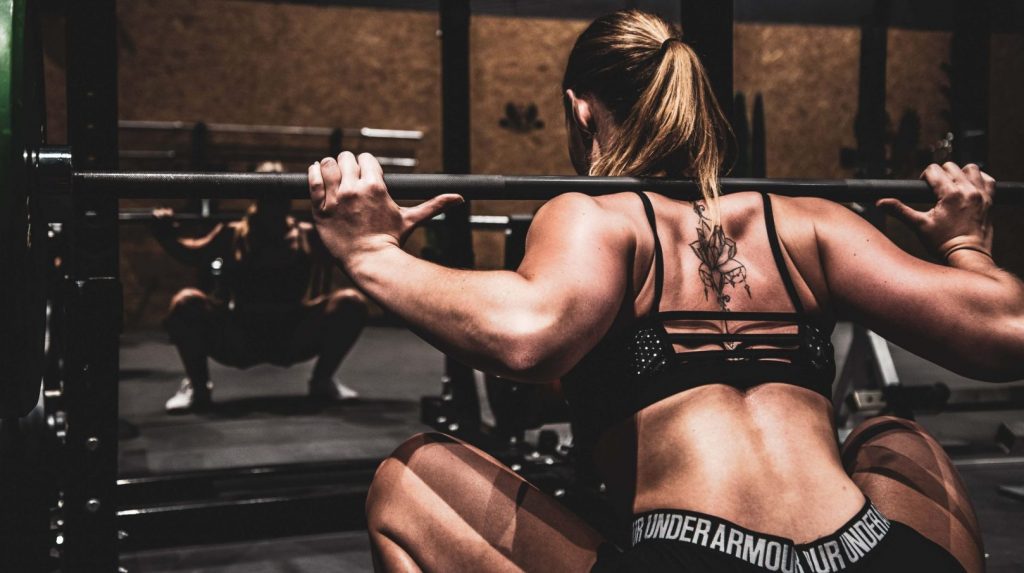Table of Contents:
I. Introduction
II. Importance of Resistance Training
III. Intensity Matters
IV. Reps vs RM
V. Timing
VI. Rest
VII. Conclusion
VIII. FAQs
I. Introduction
When it comes to exercise, the way it is prescribed and performed can greatly impact its effectiveness. Resistance training focuses on working against resistance to build strength, endurance, and overall fitness. To optimize the outcomes of resistance training, understanding certain key factors is vital. Let’s delve into these important aspects to help you attain your goals effectively.
II. Importance of Resistance Training
Resistance training forms the foundation for a well-rounded fitness program. It targets the fitness spectrum and contributes to strength and conditioning in various contexts, such as performance enhancement, injury prevention, and overall health. However, to fully reap the benefits of resistance training, certain conditions must be considered.
III. Intensity Matters
Intensity plays a pivotal role in resistance training. It refers to the level of effort exerted during exercise and directly influences the adaptations achieved. Every individual has unique conditions, functional capacity, physiological responses, and exercise tolerance. Consequently, exercise intensity becomes highly dependent on these factors.
It’s important to note that exercise intensity is not a linear concept. Instead, it interacts with biological structures and systems in complex ways. Intensity applies to all aspects of the fitness spectrum, including balance, strength, metabolism, endurance, and recovery. Each exercise within these pillars targets specific physiological and biological functions.
Balancing intensity is crucial to prevent under or overexertion. Too little intensity may not yield the desired outcomes, while excessive intensity can lead to increased stress and a higher risk of injury. Finding the right level of intensity that suits your individual needs is essential for achieving optimal results in resistance training.
IV. Reps vs RM
Repetitions, commonly referred to as reps, are a fundamental aspect of any exercise or training prescription. They represent the quantitative details of the prescribed exercises. On the other hand, maximal repetitions (RM) encompass both quantitative and qualitative aspects, providing information about the detailed intensity framework.
RM allows for adjusting the resistance to complete the targeted number of reps effectively. It establishes intensity thresholds, which serve as crucial markers for individualized exercise outcomes. While reps themselves are important, understanding the demand required to achieve specific goals is key.
Let’s consider an example to illustrate this point. Performing 3 sets of 10 reps of air squats versus 3 sets of 10RM front squats may seem similar mechanically. However, the demand and stress placed on your body are significantlydifferent. The workload needed to complete 3 sets of 10RM front squats is increased, leading to a higher level of muscle contraction.
This doesn’t mean that reps within the context of balance, strength, metabolism, endurance, and recovery are useless. On the contrary, they still have their importance. However, it’s crucial to be aware of the intensity that each exercise represents for you individually. Understanding how different rep schemes impact your training allows you to tailor your workouts to achieve your specific goals effectively.

V. Timing
Timing is another qualitative feature that modulates exercise intensity and, consequently, the overall demand on your body. It adds an additional layer of information on how exercises should be performed. In the realm of resistance training, timing can refer to the duration of each exercise and how each rep is timed during the execution of each movement phase.
For example, performing 3 sets of 30 seconds versus 3 sets of 30 seconds with a tempo of 4-1-4 seconds creates a different training stimulus. The latter example, with its slower rep execution (t414), places additional emphasis on muscle control and time under tension.
Understanding the impact of timing on exercise intensity allows you to optimize your workouts. By strategically adjusting the timing of your reps, you can target specific adaptations and enhance the effectiveness of your resistance training.
VI. Rest
Rest intervals are another qualitative feature that can significantly modulate exercise intensity. Rest periods influence the span of each set and overall exercise session, impacting the demand placed on your body. Understanding the role of rest in resistance training is crucial for aligning your goals and optimizing your workouts.
Proper rest between sets allows for recovery and replenishment of energy stores, ensuring that you can maintain the desired intensity throughout your workout. Shorter rest periods increase the metabolic stress and challenge your cardiovascular system, promoting endurance adaptations. Conversely, longer rest intervals allow for greater recovery and optimal performance during heavy strength training.
By strategically managing your rest periods, you can tailor the intensity of your resistance training sessions to align with your specific goals. Understanding the importance of rest and its impact on performance and adaptation is key to optimizing your training outcomes.
VII. Conclusion
Resistance training is a vital component of any well-rounded exercise program. By understanding the key elements of intensity, reps vs RM, timing, and rest, you can take your resistance training to the next level. Balancing intensity, choosing appropriate rep schemes, incorporating strategic timing, and managing rest intervals will allow you to optimize your workouts and achieve your goals effectively.
Remember, it’s essential to listen to your body, progress gradually, and seek guidance from qualified professionals when needed. Embrace the power of resistance training and watch as you transform your strength, endurance, and overall fitness.
VIII. FAQs
Q1: How can I determine the right intensity for my resistance training workouts?
A1: Determining the right intensity requires considering your individual condition, functional capacity, and exercise tolerance. Start with a weight or resistance level that challenges you but still allows for proper form and technique. Gradually increase the intensity as you progress and feel comfortable pushing your limits.
Q2: Are there specific rep ranges that are more effective for different goals?
A2: Yes, rep ranges can be tailored to target specific adaptations. For strength and power, lower rep ranges (around 1-6 reps) with heavier weights are effective. For muscle hypertrophy, moderate rep ranges (around 8-12 reps) with moderate weights work well. Endurance-focused goals may involve higher rep ranges (15+ reps) with lighter weights.
Q3: How important is rest between sets in resistance training?
A3: Rest intervals allow for recovery and replenishment of energy stores. The length of rest periods can influence thedegree of metabolic stress, cardiovascular challenge, and strength recovery. Shorter rest periods promote endurance adaptations, while longer rest intervals allow for optimal recovery and performance during heavy strength training.
Q4: Can I incorporate resistance training into my weight loss program?
A4: Absolutely! Resistance training is highly beneficial for weight loss. It helps build lean muscle mass, which increases your metabolic rate and promotes fat burning. Additionally, resistance training improves overall body composition, giving you a toned and sculpted appearance.
Q5: Do I need any special equipment for resistance training?
A5: While access to a gym or equipment can offer more exercise variations, you can still engage in resistance training with minimal equipment or even bodyweight exercises. Incorporating resistance bands, dumbbells, or even household items like water bottles can provide the necessary resistance for an effective workout.






